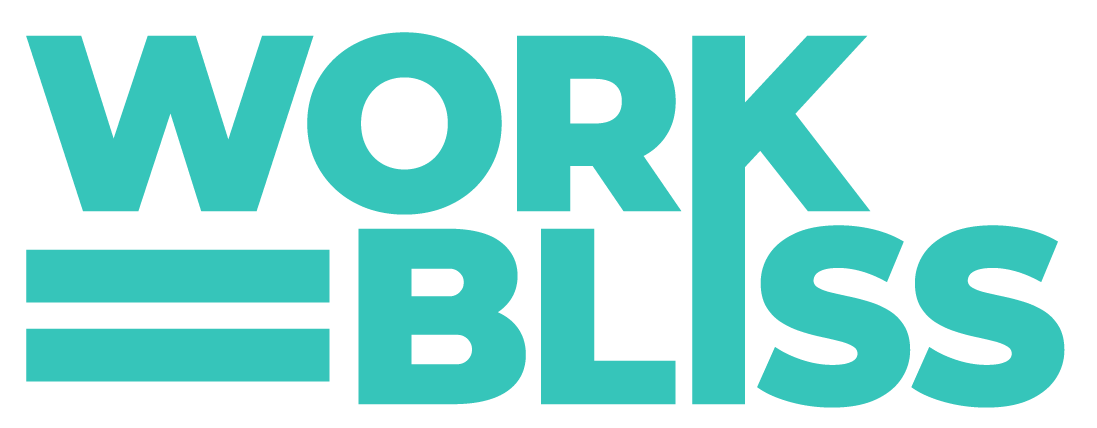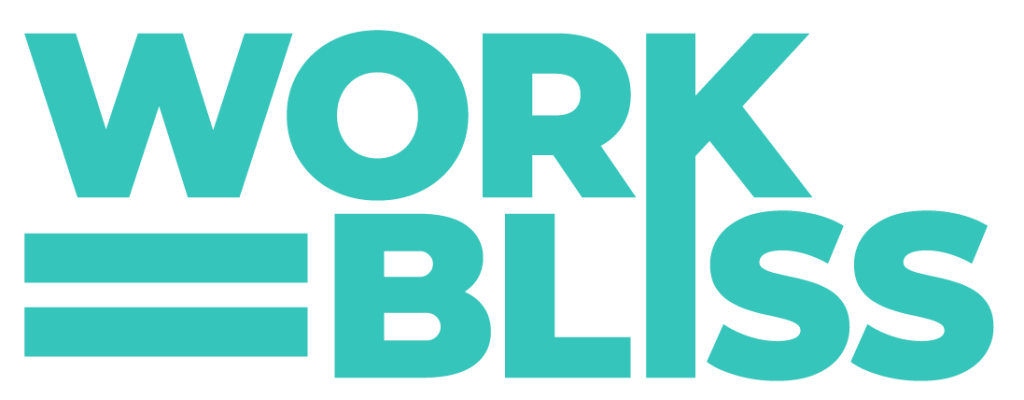In today’s fast-paced work environment, hourly employee empowerment through technology has become a crucial aspect of ensuring productivity, job satisfaction, and overall business success. However, when we talk about engagement platforms, it’s important to acknowledge that not all employees fit the same mold. Most of these platforms are designed with salaried employees in mind, leaving hourly employees underserved and potentially disconnected. In this article, we’ll explore why engagement platforms need to be different for hourly employees and why it matters for businesses striving for a well-rounded and inclusive workforce.
Hourly Employee Dilemma: Beyond Salaried Norms
Employee engagement platforms have undoubtedly revolutionized the way organizations approach employee feedback and interaction. However, these platforms have predominantly been tailored to fit the needs and preferences of salaried employees. But what about the hourly workers who make up a significant portion of the workforce?
The Question Conundrum: Relevant Queries for Hourly Employees
When you’re an hourly employee, your work dynamics and concerns differ from those of salaried counterparts. Traditional engagement platforms often present questions and surveys that may not resonate with you. For instance, questions about long-term career growth might not hold the same importance as immediate concerns like shift schedules or workplace safety.
Accessibility Matters: Reaching Every Employee
Here’s the thing – not everyone has an email address or spends their day in front of a computer screen. Hourly employees, often working in roles that require physical presence, might not have regular access to these digital platforms. To truly engage with these employees, a well-rounded engagement strategy must consider offline channels and mobile-friendly interfaces.
A Common Platform with Tailored Workflows
The solution isn’t necessarily building an entirely separate engagement platform for hourly workers. Instead, it’s about creating workflows and interactions that resonate with their unique work experiences. When crafting these workflows, consider how the platform can accommodate the scheduling intricacies, immediate concerns, and varying levels of digital literacy that hourly employees might have.
Feedback Frequency: The Pulse of Front-line Employees
Front-line employees often possess an acute understanding of day-to-day operations, customer interactions, and process inefficiencies. However, in the absence of effective engagement channels, this invaluable insight can easily slip through the cracks. Hourly workers, who engage directly with customers and products, constitute a veritable goldmine of feedback for driving operational improvements. By implementing regular feedback mechanisms and embracing hourly employee empowerment through technology, organizations can seamlessly bridge the communication gap between management and these frontline employees, thus guaranteeing that their voices are not only heard but also effectively harnessed for the betterment of the company.
The Managerial Magnifier: Impact of Hourly Supervisors
Think about it: one hourly employee manager often oversees a larger number of workers compared to their salaried counterparts. This means their influence is magnified, and the feedback loop should be equally amplified. A manager who understands the unique challenges faced by hourly employees and fosters an environment of open communication can drive positive changes that directly impact their team’s morale and efficiency.
Exploring the Options: Finding the Right Platform
If you’re intrigued by the idea of a tailored engagement platform for hourly employees, you’re not alone. There are plenty of online resources where you can explore reviews and comparisons of various employee engagement software options. Websites like Software Advice and Forbes offer insights into platforms that take into account the needs of hourly workers.
In conclusion, the shift towards tailoring engagement platforms for hourly employees is not just about customization; it’s about acknowledging the unique dynamics they bring to the table. By addressing their specific concerns, providing accessible channels, and enabling regular feedback, businesses can create an inclusive work environment where every employee feels valued and engaged. Remember, your hourly workers are the backbone of your operations, and ensuring their engagement is a step towards a stronger, more unified workforce.



